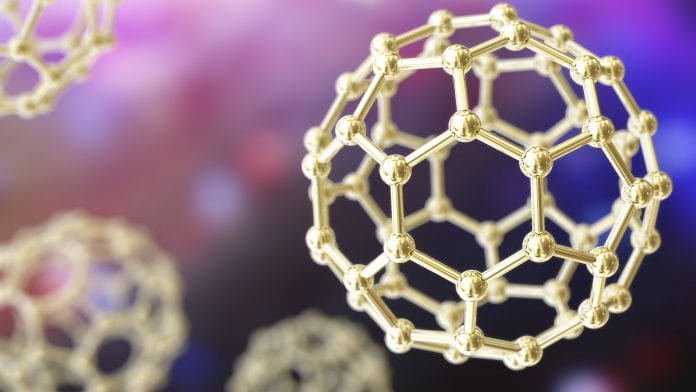
A novel treatment for COVID-19 has been developed using nanoparticles that capture the virus in the body and use the immune system to destroy it.
A team of researchers at the Pritzker School of Molecular Engineering (PME) at the University of Chicago have designed the novel potential treatment which uses “Nanotraps” that attract the virus by mimicking the target cells the virus infects. The virus binds to the Nanotraps, which then separate the virus from other cells and target it for destruction by the immune system.
The researchers say the Nanotrap treatment it could be administered via a nasal spray and could also be used on variants of the virus, leading to a potential new way to inhibit the virus.
The results have been published in the journal Matter.
Trapping the virus
The team designed the Nanotrap by looking into the mechanism coronavirus uses to bind to cells: a spike-like protein on its surface that binds to a human cell’s ACE2 receptor protein. They created nanoparticles made of FDA-approved polymers and phospholipids with a high density of ACE2 proteins on their surface, as well as designing other nanoparticles with neutralising antibodies on their surfaces. The particles are about 500 nanometres in diameter which is much smaller than a cell, meaning they can reach more areas inside the body and effectively trap the virus.
To date, both ACE2 proteins and neutralising antibodies have been used in treatments for COVID-19, but by attaching them to nanoparticles, the researchers created an even more robust system for trapping and eliminating the virus.
Assistant Professor Jun Huang, whose lab led the research, said: “Since the pandemic began, our research team has been developing this new way to treat COVID-19. We have done rigorous testing to prove that these Nanotraps work, and we are excited about their potential.”
Innovating COVID-19 treatment
The team also tested the particles’ efficacy on a pseudovirus in human lung cells in tissue culture plates and an ex vivo lung perfusion system, finding that they completely blocked entry into the cells and lungs. They also worked with researchers at Argonne National Laboratory to test the Nanotraps with a live virus in an in vitro system, finding the system inhibited the virus ten times better than neutralising antibodies or soluble ACE2 alone.
Graduate student, Jill Rosenberg, said the Nanotrap is a powerful development as it is easily modulated. Rosenberg said: “We can switch out different antibodies or proteins or target different immune cells, based on what we need with new variants.”
No toxicity was found in an animal model, and the researchers now hope to further test the system, including more tests with a live virus and on the many virus variants. They say the Nanotrap is also possible to serve as a vaccine by optimising the Nanotrap formulation, creating an ultimate therapeutic system for the virus.







